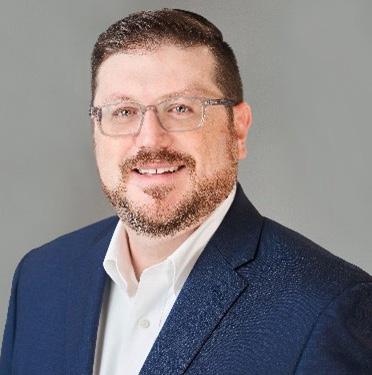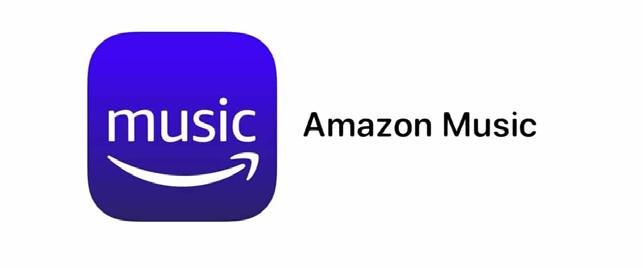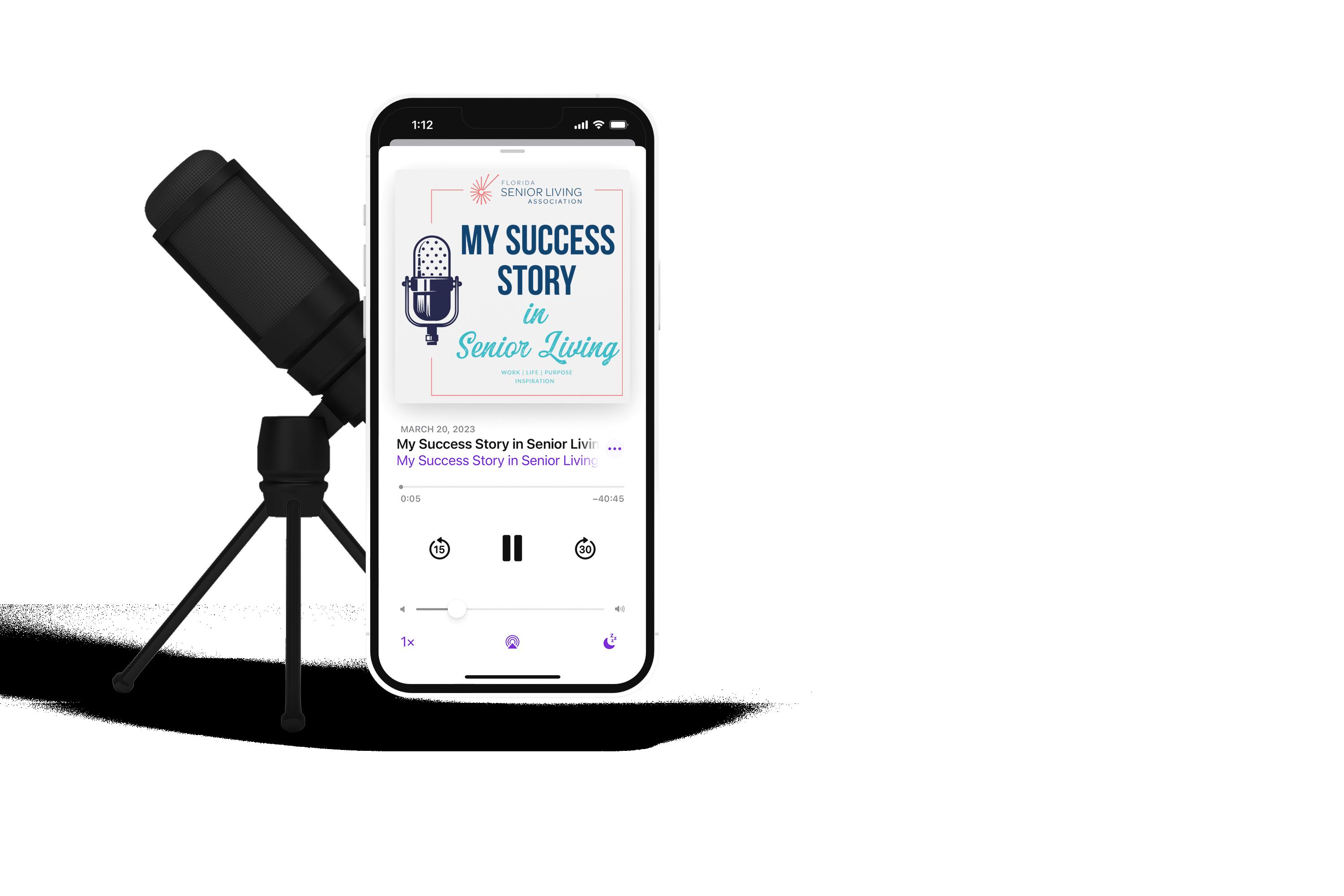
3 minute read
EMBRACING RETAILIZATION
The Unseen Revenue Streams in Your Senior Living Operation
by aaron fish
Advertisement
In today’s environment of rising inflation, expanding operating costs, and ongoing labor challenges, operators are looking for ways to balance between driving revenues, managing margins, and controlling expenses. The obvious approach has and will be to make the tough choice to raise rates more than they have in the past. But at what cost to residents and prospects? Will this impact the slow but steady census growth we saw in 2022? It’s obvious that unless current economic trends start to change, we are going to have to become creative about revenues. The way the industry views generating revenue needs to shift and creating new and reliable revenue streams will be key.
Why do we need additional revenue streams? As we look at rent rolls, what we find is mixed news of recovery, stagnant census growth, and rent increases. With providers looking at rate increases of 7% - 13% in 2023, there are going to be tough conversations as marketers talk about higher rates, and executive directors work to close the proverbial back door with current residents. And expense struggles aren’t going away. Beth Burnham Mace, chief economist and director of outreach at NIC recently noted,“Rent growth, while rising, has not been sufficiently able to offset expense growth for many operators. As a result, net operating income has been hard to achieve for many — but certainly not for all — operators of senior housing properties.”1 This is why we need to create new revenue streams that can support our communities and their operations.
But there’s another approach, and it is one that is starting to get some traction with forward thinking companies. These operators are looking at the concept of “retailization”. But what is this and why do we need to do it? It’s actually a trend that is prevalent in other industries that senior living needs to get behind.
What is “Retailization”? The term “retailization” means “optimizing sale(s) by connecting brands to shoppers through the power of retail thinking.”2 For senior living operators, it requires a dramatic shift in the approach to our business. It requires the shift away from managing expense centers, and treating them as business units that can and do generate revenue. There are plenty of examples and models for the industry to emulate, and the best place to look is the hospitality sector. Hotels, country clubs, and even restaurants are sectors of the hospitality industry that have and continue to be constantly revamping and retooling their business model to meet the changing markets they operate in and maintain their revenue (and profit) potential. And senior living has three of these “untapped markets” that they can and should start capitalizing on to generate revenues that can be supplement

What are the “hidden markets” to capture additional revenue? For as long as I have been in the industry, any revenue that was collected outside of rent and care charges was not a focus or prioritized. Rather those areas were typically seen as expenses to be managed. But by instilling a profit mindset with these “ancillary” directors, you can tap into readily available revenue streams. Here’s the breakdown of the three readily available streams:
• The Captive Market: Employees
• The Service Creep Market: Residents & Families
• The Main Street Market: External & New Customers
Viewing these groups as possible sources of revenue with your hospitality program (food & beverage, lifestyle/engagement, concierge) can open your community to not only enhanced revenue streams, but will inherently improve their quality as they are now being required to be of a higher quality to demand a price tag. The limit on how these markets can be tapped and your ancillary services maximized are really only limited by the quality of the teams managing them and the value placed on creating revenue by the corporate office.
What kind of Impact can these streams have on operations? In addition to the obvious revenue impacts that this can have, there are other considerations. Developing these programs and offerings into sources of consistent revenue requires a laser focus on operational excellence. The steady increase of revenue will have an impact on the asset value of a community as well. In one example of this, an operator was exploring the addition of a permit to add alcoholic beverage services to an independent living community in Texas. The addition of that 2 year permit costing $10,000 was estimated to increase the total value of that community by $250,000. This is before the addition of the revenue stream created by sales from the new program, which can also add additional value. Owners & investors can see valuations and overall NOI increases with the retailization of these programs, as well as the quality of them also improves census stabilization by providing a better product.
The demographics of our customer base are shifting and our customers will soon have an expectation of higher quality services and the willingness to pay for the additional services if the value is there. So it’s clear - the time to evaluate and implement this approach is now.
EARN 6 CEUs | COST $159




Breakfast + Lunch Included
Register Today floridaseniorliving.org/education










